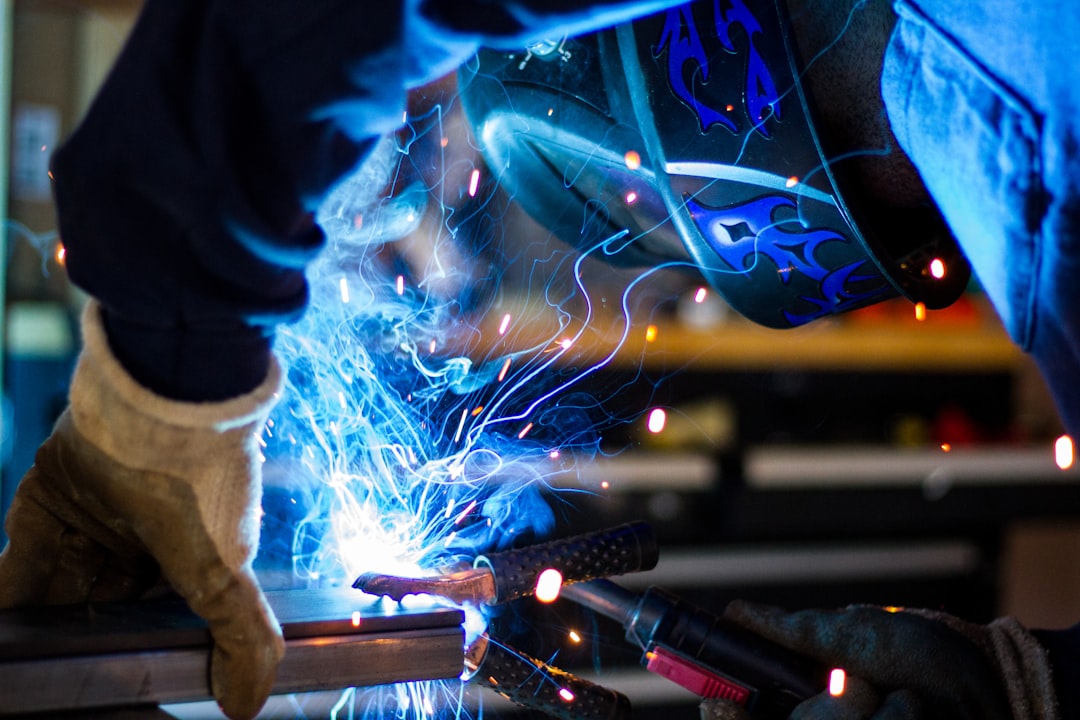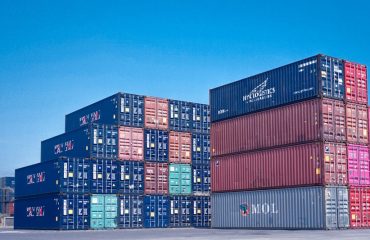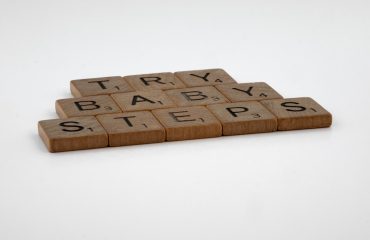The steel manufacturing industry is a cornerstone of modern infrastructure, powering construction, transportation, and countless other sectors. However, this vital industry also presents a significant array of occupational hazards. From molten metal to heavy machinery, the risks are substantial, demanding a rigorous commitment to safety protocols and preventative measures. This comprehensive guide explores the critical aspects of occupational safety in steel manufacturing, providing insights into best practices and essential considerations for a safer working environment.
Hazard Identification and Risk Assessment: The Foundation of Steel Mill Safety
Effective safety begins with a thorough understanding of the inherent risks. Steel mills present a complex tapestry of hazards, including:
- Burns: Contact with molten metal, hot surfaces, and steam poses a severe burn risk. This requires stringent control measures around high-temperature processes.
- Crushing and Cutting Injuries: Heavy machinery, rolling mills, and conveyor systems pose a significant risk of crushing or cutting injuries. Lockout/Tagout procedures are vital here.
- Falling Objects: Materials handling and overhead work create a risk of falling objects. Proper storage, securing of materials, and the use of safety nets are crucial.
- Electrocution: The extensive use of electrical equipment necessitates careful maintenance, insulation, and grounding to prevent electrocution.
- Noise Exposure: The constant operation of heavy machinery generates high noise levels, leading to potential hearing loss. Hearing protection and noise reduction strategies are essential.
- Exposure to Hazardous Substances: Steel manufacturing involves exposure to various chemicals, dusts, and fumes, some of which are carcinogenic. Respiratory protection and proper ventilation are critical.
- Heat-resistant clothing: Protects workers from burns caused by molten metal and hot surfaces.
- Safety footwear: Steel-toe boots protect feet from crushing injuries.
- Safety helmets: Protect the head from falling objects.
- Eye and face protection: Shields and goggles protect against flying debris and molten metal splashes.
- Hearing protection: Earplugs or earmuffs reduce noise exposure.
- Respiratory protection: Respirators protect against harmful dusts, fumes, and gases.
- Gloves: Protect hands from cuts, burns, and chemical exposure.
- Emergency procedures: Clearly defined procedures for handling various types of emergencies, such as fires, spills, and injuries.
- Emergency communication systems: Effective communication systems to alert workers and emergency services.
- Emergency equipment: Adequate fire extinguishers, first-aid kits, and other emergency equipment readily available.
- Emergency training: Regular training for all workers on emergency procedures and the use of emergency equipment.
- Emergency evacuation plans: Clearly marked escape routes and assembly points.
- Risk assessment and control: Detailed requirements for conducting risk assessments and implementing control measures.
- PPE requirements: Specific requirements for the type and use of PPE.
- Emergency response planning: Detailed requirements for developing and implementing emergency response plans.
- Training and competency: Requirements for providing adequate training to workers.
- Record-keeping: Requirements for maintaining accurate records of accidents, incidents, and training.
- Regular safety inspections: Regular inspections to identify potential hazards and ensure compliance with safety regulations.
- Incident investigation: Thorough investigation of all accidents and incidents to identify root causes and implement corrective actions.
- Worker participation: Encouraging worker participation in safety initiatives and providing channels for reporting hazards.
- Safety training and education: Providing comprehensive safety training to all workers, including new employees and supervisors.
- Safety communication: Effective communication of safety information to all workers.
A robust risk assessment process, involving hazard identification, risk evaluation, and the implementation of control measures, is the cornerstone of a safe steel mill. This should be a continuous process, regularly reviewed and updated to reflect changes in operations and technology.
Personal Protective Equipment (PPE): The First Line of Defense
Personal Protective Equipment (PPE) plays a crucial role in mitigating the risks identified in the risk assessment. The type of PPE required varies depending on the specific task and hazard, but generally includes:
Regular inspection and maintenance of PPE are vital to ensure its effectiveness. Training on the proper use and limitations of PPE is also crucial for worker safety.
Emergency Preparedness and Response: Minimizing the Impact of Accidents
Despite the best preventative measures, accidents can still occur. A comprehensive emergency response plan is vital to minimize the impact of such incidents. This plan should include:
Regular drills and simulations are essential to ensure the effectiveness of the emergency response plan and to prepare workers for real-life emergencies.
Regulatory Compliance and Legal Obligations: Navigating the Legal Landscape
Steel manufacturing is heavily regulated, with numerous laws and regulations designed to protect worker safety. Compliance with these regulations is not only a legal obligation but also a crucial aspect of responsible business practice. These regulations often cover aspects such as:
Staying updated on relevant legislation and ensuring compliance is a continuous process that requires ongoing effort and expertise.
Continuous Improvement and Safety Culture: Fostering a Proactive Approach
Occupational safety in steel manufacturing is not a one-time initiative; it’s a continuous process of improvement. A strong safety culture, where safety is prioritized at all levels of the organization, is essential for achieving and maintaining high safety standards. This includes:
By fostering a culture of safety and continuously improving safety practices, steel manufacturers can create a safer and more productive work environment for their employees.
Implementing these strategies will significantly reduce workplace accidents and injuries, fostering a safer and more productive environment within steel manufacturing plants. Prioritizing safety is not just a moral imperative; it is a sound business decision that protects workers, enhances productivity, and safeguards the company’s reputation.
SEO Tags:
steel manufacturing safety, occupational safety steel, industrial safety steel mill, steel mill safety regulations, workplace safety steel industry




